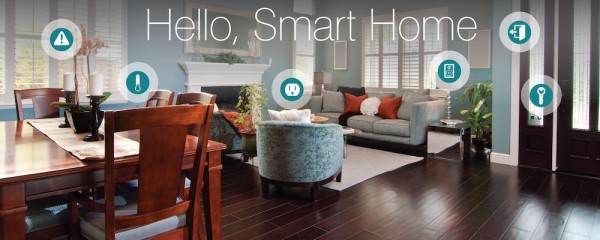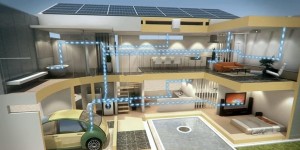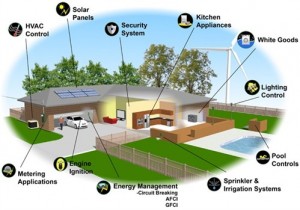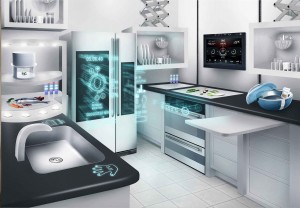02
Nov 2015
WHAT FUTURE SMART HOME LOOKS LIKE
Greetings from China yeayyy…. Hello November! Have a blessed month and week guys!!! Today I have an interesting article about the future smart home… I guarantee, it’s super duper COOL! Check this out!
By the year of 2020…
There will be 3 activated smart devices for every single human on Earth. Many of these will live in our homes, connected to a home area network that, in turn, connects to a smart grid. Cameras, thermostats, robots, refrigerators, electric cars; our houses will contain thousands of processors, batteries and micro-databases pushing data into the grid.
But without any nervous system to connect them, these devices are likely to blink and whir and create data to little useful effect. Without the sophisticated resource management software that powers office buildings, these devices are left to charge, backup and turn on as their internal to-do list pleases, sucking the juice out of our homes (or home batteries) whenever they feel like it. Wow!
Making things worse is the incredible amount of power these devices will draw, especially electric cars. The smart grid promises to make energy use more efficient. The costs of upgrades are diffused on consumers. In fact, energy prices are predicted to increase steadily until 2035. In the meantime, devices will use their own resources more efficiently, but with little regard to the patterns of the entire household.
In the summer, some cities already experience temporary blackouts during periods of intense demand. With millions more electronic devices powering on and off haphazardly, utilities will struggle even more to smooth out demand. Without a solution, 2035 seems awfully far off.
The most effective, well if unrealistic, approach to smoothing out demand might be human behavior change: charging gadgets at night when demand is lower, or turning down the A/C during the day.
Simulating a behavior change through software might be more workable. Communications providers could collect data about energy use with consent from average households and then craft algorithms to advise devices when to charge and when to conserve. That would make the house itself more robotic as it economizes for all its constituent parts as if they were part of one big device.
Through home networks, carriers could even use sensor data to reach into buildings on the fly and turn off A/C units, lights, or computers in unoccupied rooms or floors. As the gatekeepers of the internet, CSPs could target certain households hyper-locally and send a downstream message to its devices to start or stop charging for the cheapest rates.
With every home acting on its own behalf, the most fundamental services will need to come from last-mile content providers, which already have a close and trusted relationship with the house’s security protocols and its owners.
“The future depends on what we do in the present – Mahatma Gandhi”
Source: Quartz


































